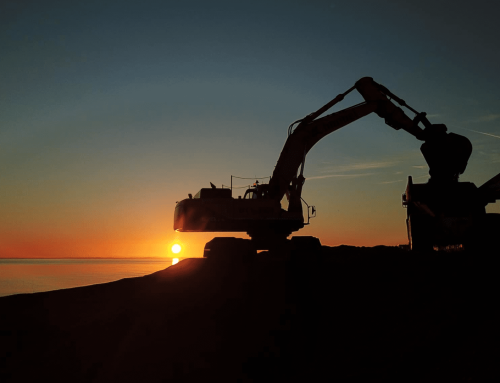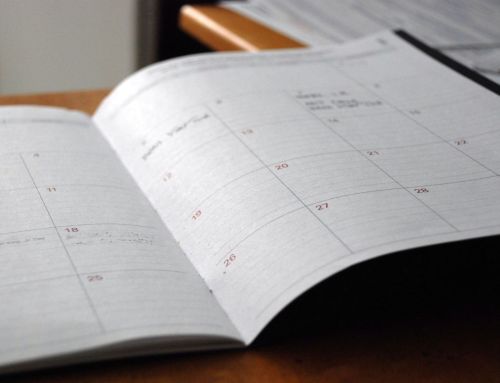When you hire plant machinery, it’s easy to assume everything’s covered. While your hire company takes care of major servicing and repairs, there are still a few simple maintenance steps you’ll need to handle on site to keep the equipment safe, compliant and working efficiently.
Carry out daily checks
Before starting up your hired machine each day, carry out a quick walk-around check. Look for any signs of wear, damage or leaks, especially around hydraulic hoses and tyres or tracks. Make sure all lights, alarms and safety features are working properly.
Also check fluid levels, including fuel, oil and coolant. Topping these up takes minutes but can save hours of downtime if overlooked.
Clean the machine regularly
Dust, mud and debris can quickly build up on construction sites. A quick clean at the end of each shift keeps the machine in good condition and helps operators spot potential issues before they become serious.
Blocked air filters, clogged radiators or obscured cameras can all affect performance or safety, so regular cleaning goes a long way.
Follow proper operating procedures
Using the equipment correctly is one of the easiest ways to prevent unnecessary wear and tear. Make sure your operators are trained, familiar with the controls and aware of any restrictions set out by the hire company.
Avoid overloading the machine or using it for tasks it’s not designed for. Misuse can lead to costly damage that may fall outside your hire agreement.
Report faults early
If something doesn’t sound or feel right, don’t ignore it. Small problems can quickly escalate if left unchecked. Reporting faults early allows your hire company to send support or provide a replacement if needed.
At Chunnel Group, we pride ourselves on responsive support, but we can only help if we know something’s wrong.
Work with a responsible team
Site-wide responsibility is key. Everyone on site should take care when working near plant machinery, whether it’s by keeping clear of moving equipment or reporting issues to supervisors.
With the right habits and a bit of care, you’ll get the best out of your hired equipment while keeping your team safe and your project on track.



